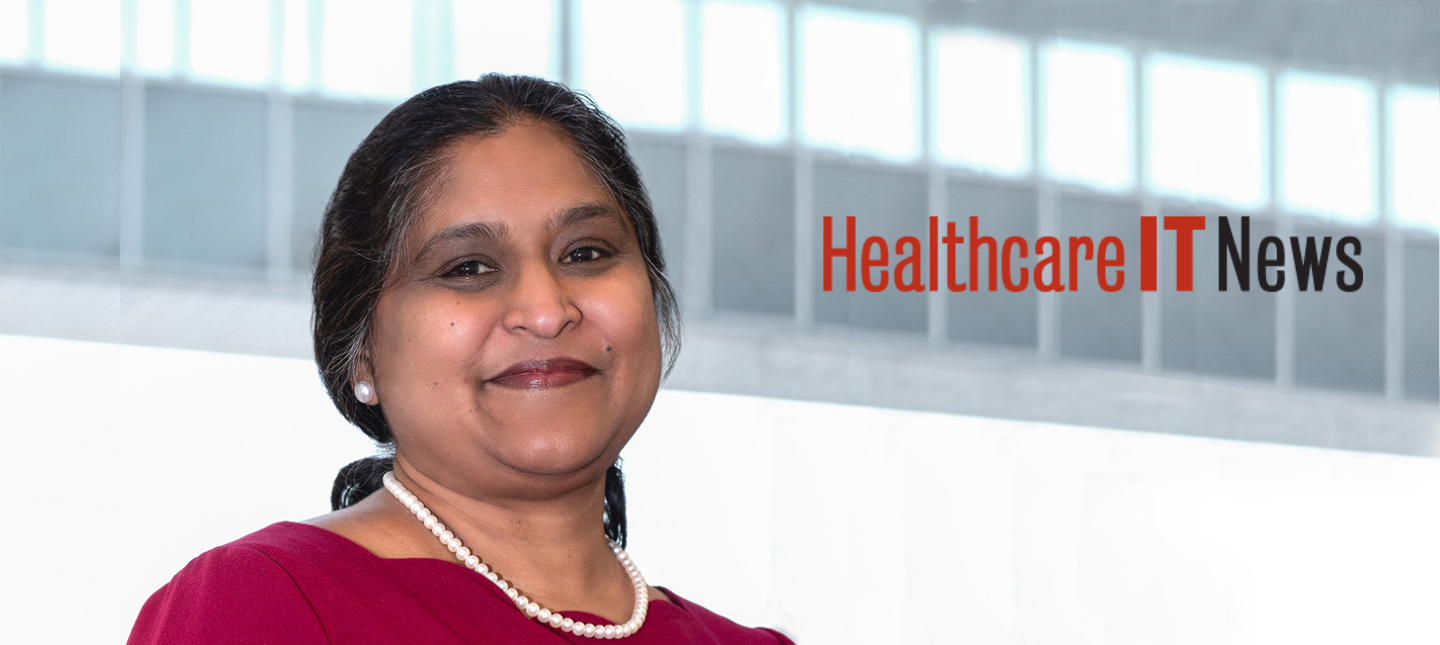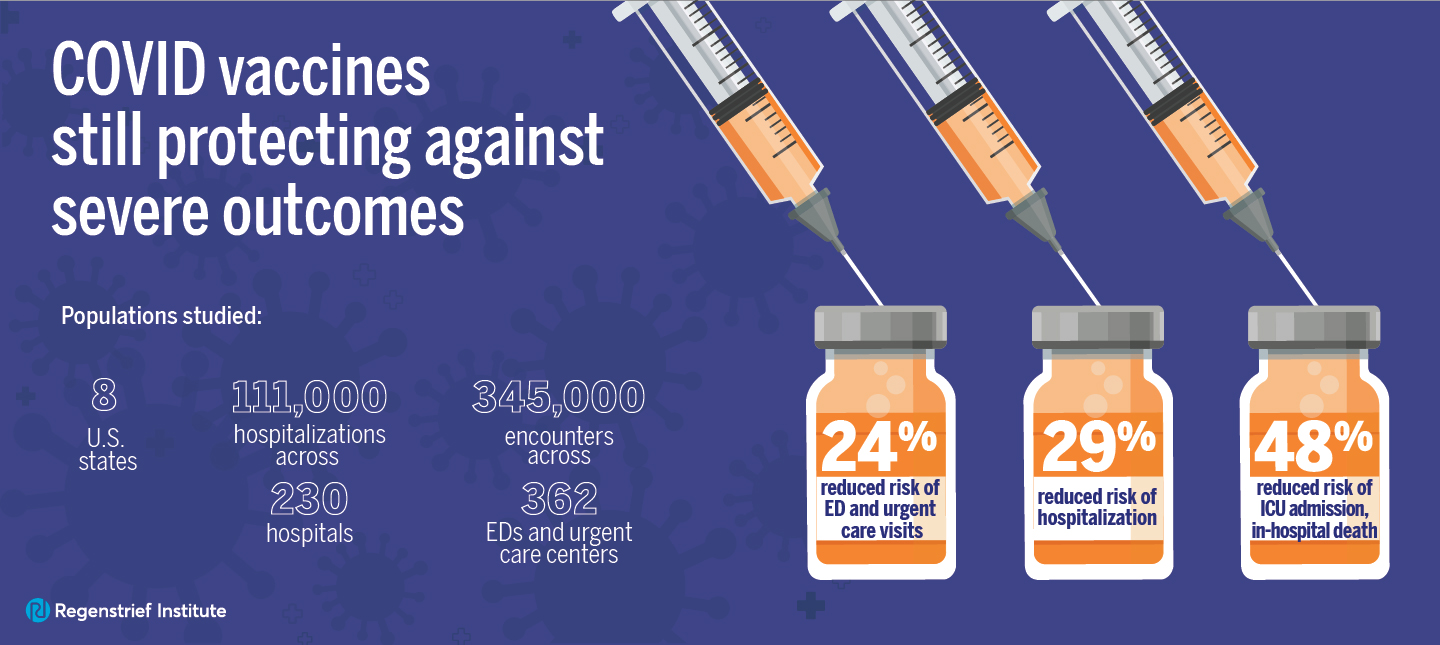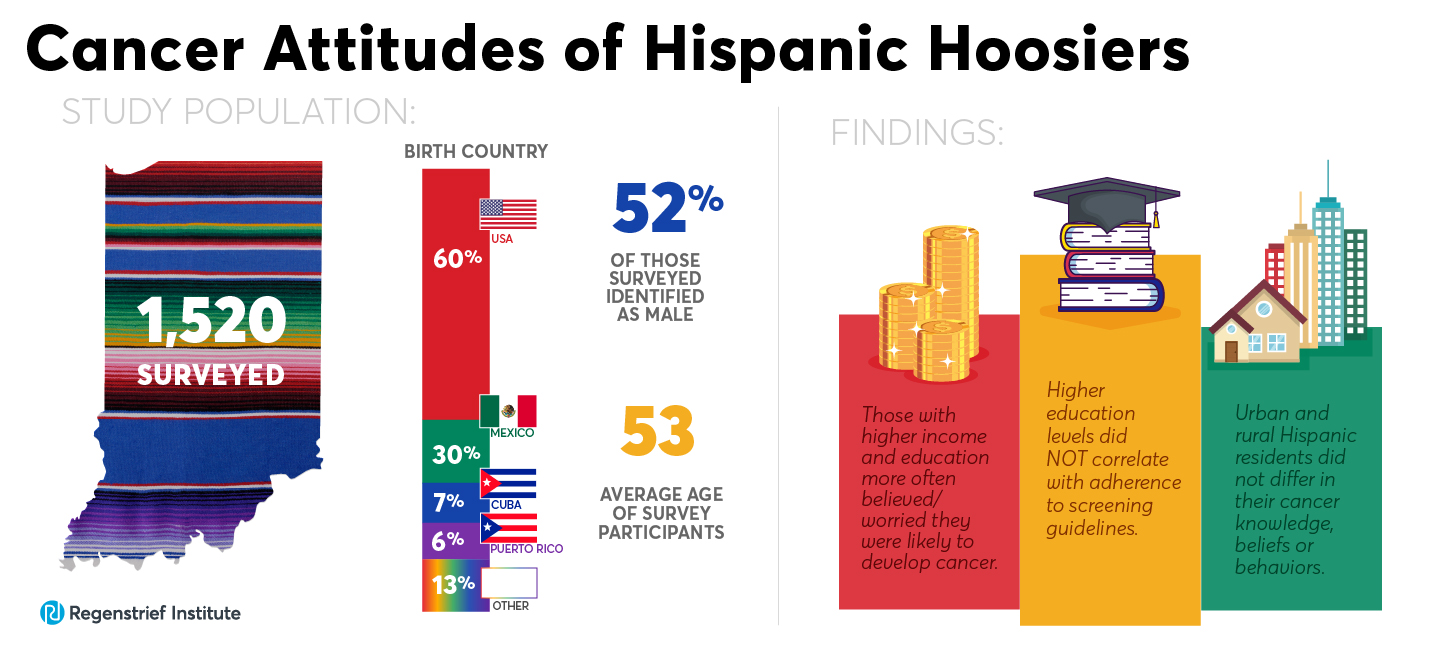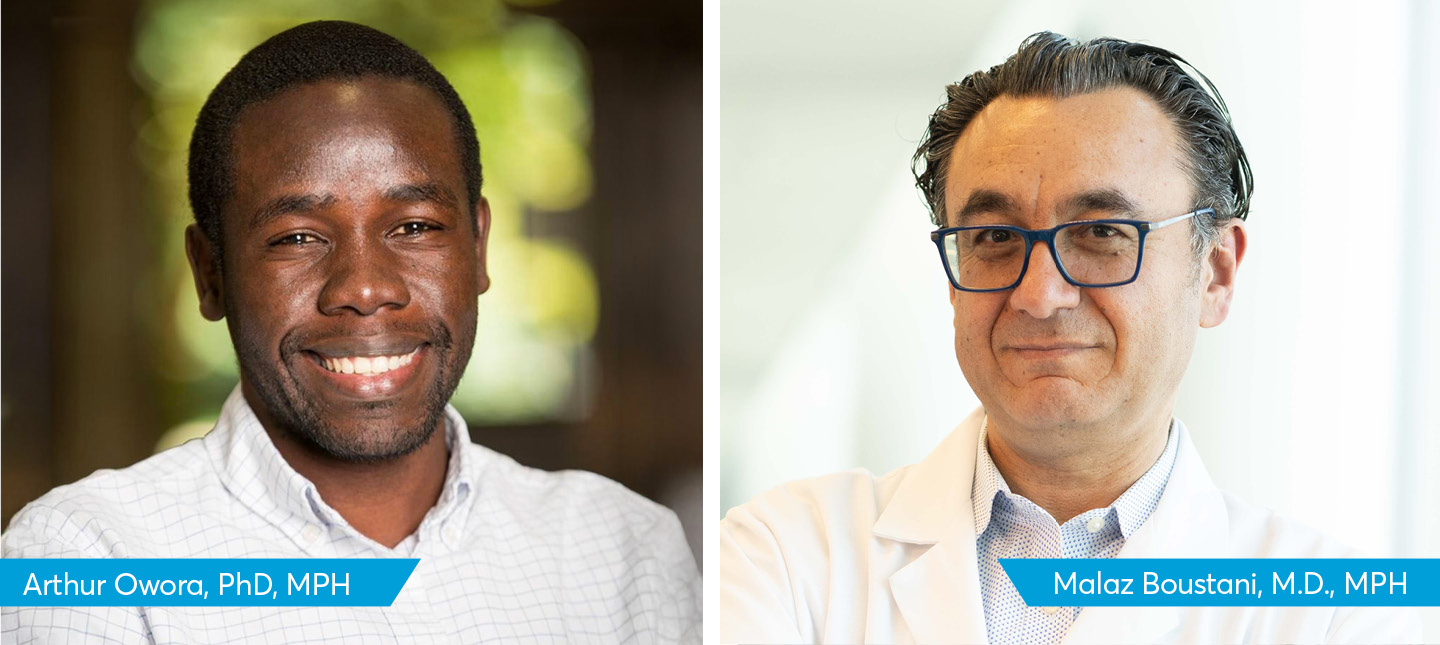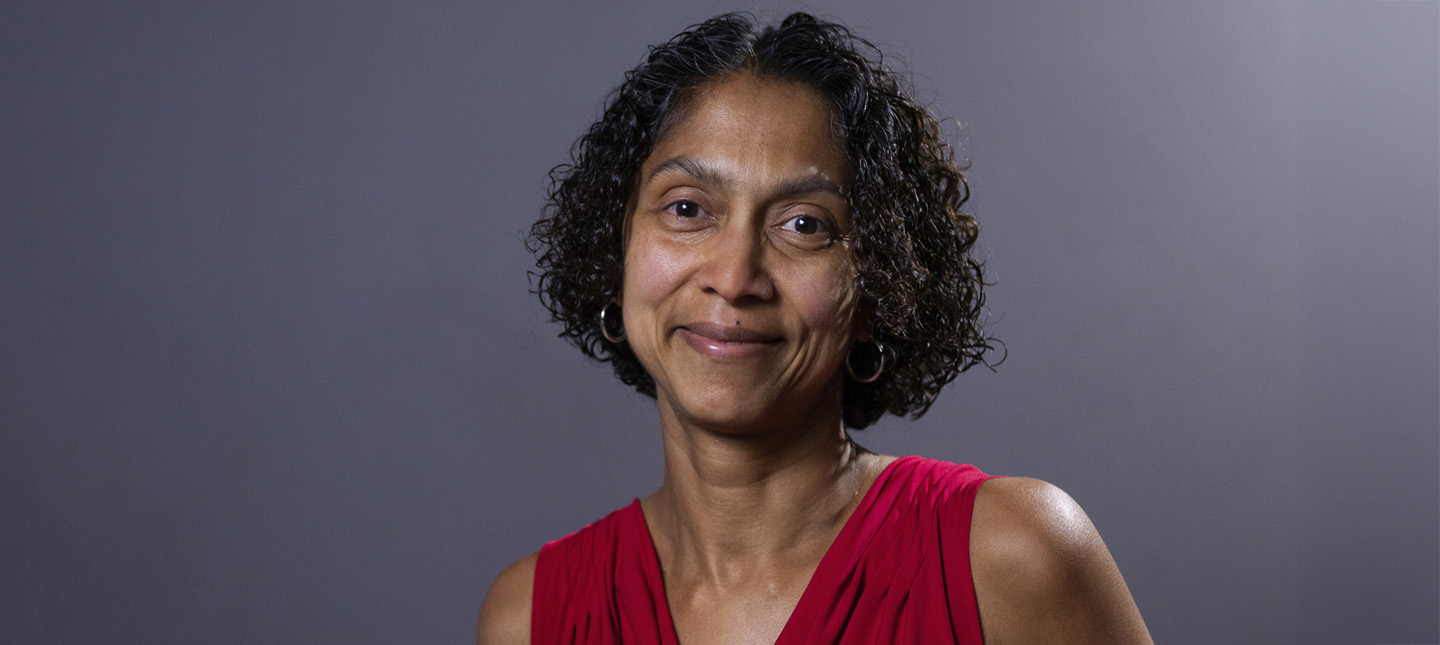Analysis provides guidance for future tailored cancer screening messaging and prevention strategies
Cancer is the leading cause of death for Hispanics in the U.S. and in the state of Indiana. Funded by the Indiana University Melvin and Bren Simon Comprehensive Cancer Center, a survey of adult Hispanic Indiana residents, conducted by researchers from Regenstrief Institute and Indiana University, presents a snapshot of their cancer-related knowledge, beliefs and behaviors, providing guidance for the future development of tailored cancer screening messaging and prevention strategies.
Several survey findings were unexpected, and the researchers believe merit further exploration. These include:
- Urban and rural Hispanic residents did not differ in their cancer knowledge, beliefs or behaviors.
- U.S.-born Hispanic individuals with higher income and education more often believed they were likely to develop cancer and to worry about getting cancer.
- While educational level was positively associated with knowledge, it did not correlate with adherence to screening guidelines, with the exception of cervical cancer.
- Most survey respondents were unable to accurately identify ages to begin screening for breast, colorectal, or lung cancer, which also has been observed in non-Hispanic populations.
“Our findings could help guide both future research and public health outreach targeting high-risk groups, in this case Hispanics,” said Regenstrief Institute Center for Health Services Research Director David Haggstrom, M.D., MAS, corresponding and senior author of the new study. “We want to reach all age groups in the Hispanic community with cancer screening approaches to reduce the burden of disease. Given that cancer is of greater incidence and prevalence among older individuals, this is an audience that we especially want to learn more about, so we can promote cancer screening among them.”
The average age of the Hispanic population surveyed was 53 years. Approximately 11 percent of respondents self-identified as Indigenous or Mestizo, 6 percent as multi-racial and 1.5 percent as Black. Approximately 52 percent of survey respondents were male.
The online survey was conducted during the height of the COVID-19 pandemic, which presented in-person recruitment challenges. Prospective survey respondents were recruited via television, social media outreach and the Facebook pages of Hispanic community organizations.
“Using non-traditional approaches, we tapped into a lot of different groups that make up the Hispanic community including first- and second-generation immigrants, a wide distribution of income, education and ages as well as representatives of the approximately one fourth of the Hispanic population that does not appear in usual sampling frameworks like driver’s license lists,” said study co-author Gerardo Maupomé, BDS, MSc, PhD. “Conducting this survey was particularly challenging because we knew that many in the Hispanic community would not be easy to find unless you knew how to get ahold of them.
“Collecting data from hard-to-reach populations within the Hispanic community, we expanded considerably the body of knowledge about what are the risk factors and the beliefs and the behaviors that modify cancer experience.”
Approximately half of the 1,520 respondents completed the survey in Spanish. Survey takers identified their nation of birth as United States (60 percent); Mexico (14 percent), Cuba (7 percent), Puerto Rico (6 percent) or another country (13 percent).
“Hispanics residing in Indiana are somewhat representative of Hispanics residing in the Midwest, although not necessarily representative of Hispanics residing in other areas of the United States due, in part, to variation in immigration patterns,” said Dr. Haggstrom. “To our knowledge, this is the only data collection and analysis of Hispanics residing in the Midwest that enables drilling down on the associations in this population of knowledge and beliefs with behaviors.”
Dr. Maupomé added, “the Midwest and the South have in the past 10 to 15 years become what is called a gateway destination. The number of recent Hispanic arrivals is noticeable because there were not that many to begin with. What we’ve seen in our study of Indiana is the fine-grained stages of the trajectory of integration that occur, distinct from the traditional Hispanic areas of the U.S. – e.g., Southern California, Texas and Florida.”
This study was funded by the Indiana University Melvin and Bren Simon Comprehensive Cancer Center.
“Cancer-related knowledge, beliefs, and behaviors among Hispanic/Latino residents of Indiana” is published in Cancer Medicine.
Authors as listed in the publication:
Manuel R. Espinoza-Gutarra 1, Susan M. Rawl 2 3, Gerardo Maupome 4, Heather A. O’Leary 5, Robin E. Valenzuela 6, Caeli Malloy 3, Lilian Golzarri-Arroyo 7, Erik Parker 7, Laura Haunert 3 8, and David A. Haggstrom 9 10 11.
Author affiliations as listed in the publication
1Division of Hematology and Oncology, Department of Medicine, University of Alabama at Birmingham, Birmingham, Alabama, USA.
2Indiana University Melvin and Bren Simon Comprehensive Cancer Center, Indianapolis, Indiana, USA.
3Indiana University School of Nursing, Indianapolis, Indiana, USA.
4Indiana University Purdue University Indianapolis, Richard M. Fairbanks School of Public Health, Indianapolis, Indiana, USA.
5Northeast Ohio Medical University, Rootstown, Ohio, USA.
6Indiana University Purdue University Fort Wayne, Fort Wayne, Indiana, USA.
7School of Public Health, Indiana University Bloomington, Bloomington, Indiana, USA.
8Indiana University School of Medicine, Indianapolis, Indiana, USA.
9Center for Health Services Research, Regenstrief Institute, Indianapolis, Indiana, USA.
10VA HSR&D Center for Health Information and Communication, Richard L. Roudebush Veterans Affairs Medical Center, Indianapolis, Indiana, USA.
11Division of General Internal Medicine and Geriatrics, Indiana University School of Medicine, Indianapolis, Indiana, USA.
About David A. Haggstrom, M.D., MAS
In addition to his role as director of the Regenstrief Institute’s Center for Health Services Research, David A. Haggstrom, M.D., MAS, is a core investigator for the U.S. Department of Veterans Affairs Health Services Research and Development Center for Health Information and Communication, Richard L. Roudebush VA Medical Center. He is also Sam Regenstrief Scholar in Health Sciences Research and an associate professor of medicine at Indiana University School of Medicine and a member of the Indiana University Melvin and Bren Simon Comprehensive Cancer Center.
About Gerardo Maupomé, BDS, MSc, PhD
Gerardo Maupomé, BDS, MSc, PhD, is associate dean of research at IU Richard M. Fairbanks School of Public Health and a Regenstrief Institute affiliated scientist. He is
associate director of the Community Health Partnerships program within the Indiana Clinical and Translational Sciences Institute. He has been recognized as a leader in the Hispanic community by La Plaza, Inc. and the Indiana Latino Institute, the largest Hispanic community organizations in Indiana.
About Regenstrief Institute
Founded in 1969 in Indianapolis, the Regenstrief Institute is a local, national and global leader dedicated to a world where better information empowers people to end disease and realize true health. A key research partner to Indiana University, Regenstrief and its research scientists are responsible for a growing number of major healthcare innovations and studies. Examples range from the development of global health information technology standards that enable the use and interoperability of electronic health records to improving patient-physician communications, to creating models of care that inform practice and improve the lives of patients around the globe.
Sam Regenstrief, a nationally successful entrepreneur from Connersville, Indiana, founded the institute with the goal of making healthcare more efficient and accessible for everyone. His vision continues to guide the institute’s research mission.
About IU School of Medicine
IU School of Medicine is the largest medical school in the U.S. and is annually ranked among the top medical schools in the nation by U.S. News & World Report. The school offers high-quality medical education, access to leading medical research and rich campus life in nine Indiana cities, including rural and urban locations consistently recognized for livability.
About Richard M. Fairbanks School of Public Health
Located on the IUPUI and Fort Wayne campuses, the IU Richard M. Fairbanks School of Public Health is committed to advancing the public’s health and well-being through education, innovation and leadership. The Fairbanks School of Public Health is known for its expertise in biostatistics, epidemiology, cancer research, community health, environmental public health, global health, health policy and health services administration.
